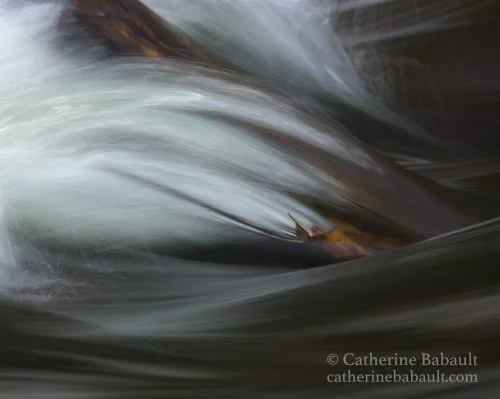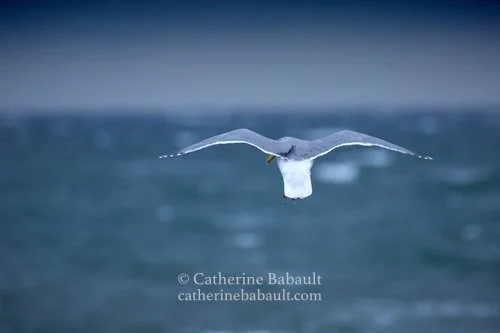Le mot photographie vient du grec ancien : photos (lumière). C'est pourquoi il est important de bien comprendre et maîtriser l'exposition en photographie. La vitesse d'obturation, l'ouverture du diaphragme et les ISO sont les trois éléments qui forment le triangle d'exposition.
La vitesse d'obturation est déterminée par la durée pendant laquelle l'obturateur reste ouvert. Le capteur des appareils photo numériques capte plus de lumière lorsque l'obturateur reste ouvert plus longtemps. Une vitesse d'obturation lente (par exemple 1/10 de seconde) peut être utilisée dans un environnement faiblement éclairé ou pour créer un flou de mouvement (cascades, traînées de pluie) tandis qu’une vitesse d'obturation rapide (par exemple 1/1000 seconde) est utilisée pour figer un mouvement comme un oiseau en vol.
L'ouverture (f/N) est une abréviation pour l’ouverture du diaphragme. Une petite ouverture comme f/22 ne laisse pas passer beaucoup de lumière à travers l'objectif, mais elle offre une grande profondeur de champ et est couramment utilisée en photographie de paysage. Une grande ouverture comme f/5.6 laisse passer plus de lumière à travers l'objectif et fournit également une profondeur de champ étroite ou courte.
L'ISO est lié à la sensibilité du film à la lumière ou bien la sensibilité du capteur d'image à la lumière sur les appareils photo numériques. Par une journée ensoleillée, les photographes utilisent généralement un ISO bas (100) mais dans des situations de faible luminosité (temps couvert, nuit), ils augmentent l'ISO. Notez qu'un ISO élevé (3 200 ou plus) crée du bruit dans votre image (voile granuleux).














